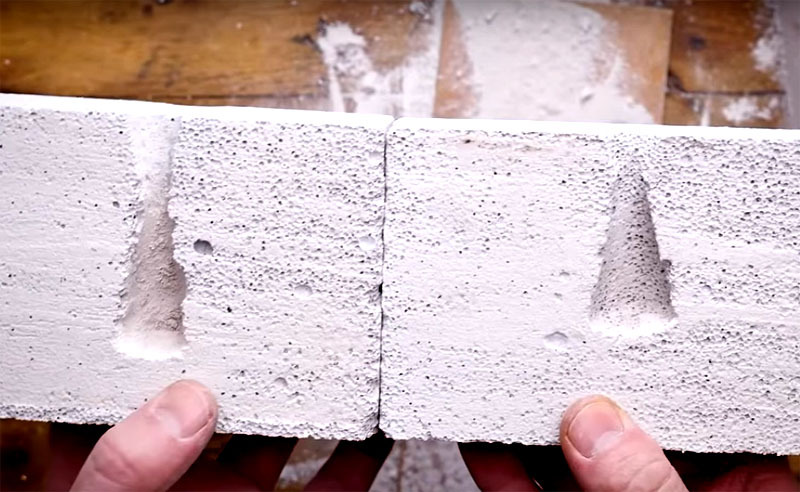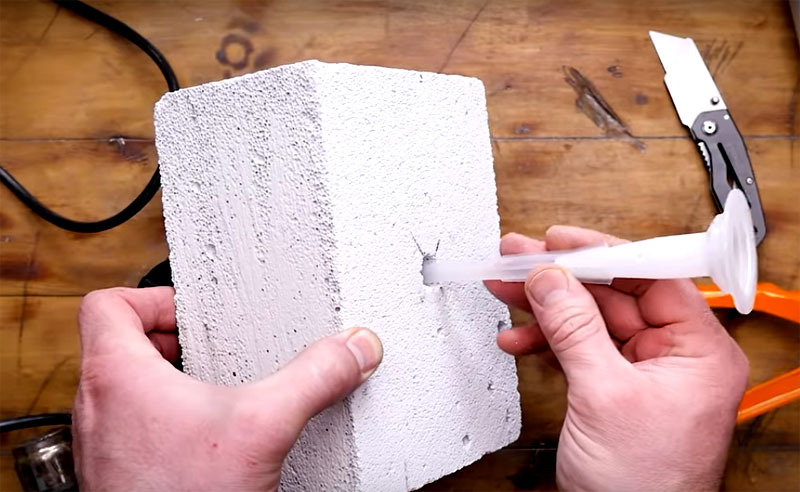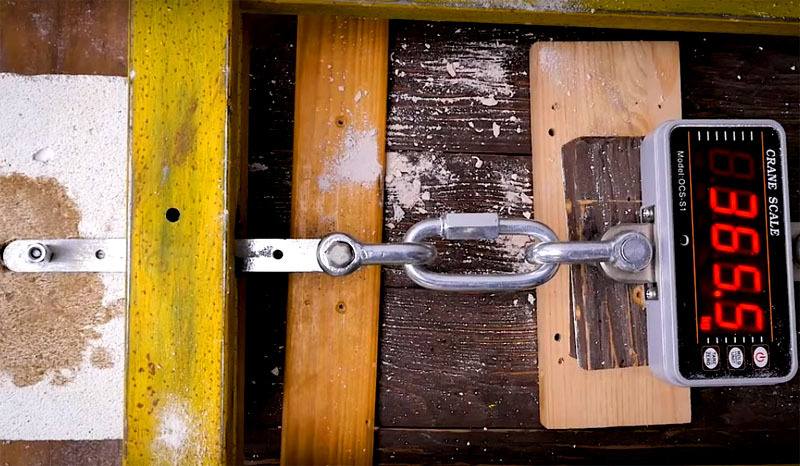Modern construction provides for new wall materials, which are much superior in their characteristics to traditional bricks. Their main advantage is high heat retention rates due to porosity, because air is the best heat insulator. But these building materials have one common drawback: they are very poorly load-bearing. That is, hanging a more or less heavy shelf on a wall made of such a brick is not only problematic, but also dangerous because traditional anchors, metal or plastic, simply fall out along with the piece walls. And this means that the shelf may one day, one not at all beautiful day, collapse on your head along with the pots, or whatever else you may have in stock. The prospect would be bleak if there were no alternative - the so-called chemical anchor. This is a compound that can be poured into a hole drilled in the wall, and a metal stud can be fixed in it. How to make a chemical anchor and which composition is most suitable, the author of the YouTube channel told Stroyhak.
Read in the article
- 1 Legends of deep antiquity, or the grandfather's method
- 2 General method of planting a chemical anchor
- 3 What can the Knauf mix
- 4 Ceresit glue as a chemical anchor
- 5 Cement, sand and PVA: what happens
- 6 Epoxy resin: what it means tightly
- 7 When history teaches us nothing
Legends of deep antiquity, or the grandfather's method
Let's start with the old-fashioned method. The repeated statement that experience is the son of difficult mistakes leads us to believe that technology, that existed decades ago will still be the best in comparison with the newest developments. After all, the fact is that the clay mixed with a chicken egg has held the stones of ancient buildings to this day. Why not listen to the experience of the masters of the last century? And he says that the most durable chemical anchor is a mixture of drying oil and cement. This method of fastening was used for 40-50 years, no less, and even your grandmother will say that a nail planted in such a mixture will hold her favorite tapestry with deer for another 30 years.
But let's check the different types chemical anchors strength and make independent conclusions.
General method of planting a chemical anchor
Any fasteners must be correctly seated. Everything depends on the skill of the master, this is a fact. So even if you use the winner in this ranking, but do it wrong, the result will be zero. So what does it mean to plant a chemical anchor correctly?




The key to the strength of a chemical anchor is its good adhesion to the main wall material. And for this you need to carefully remove all the dust from the hole.








What can the Knauf mix
Ready mixes are very popular due to their ease of preparation.





Ceresit glue as a chemical anchor
The second variant of the test is very logical: the Tserezit tile adhesive acts as a test mixture.



Cement, sand and PVA: what happens
The traditional proportions of one to three sand and cement for PVA applications are considered ideal for chemical anchors.


Epoxy resin: what it means tightly
Another test mixture is regular epoxy, or epoxy adhesive, which is less expensive.


When history teaches us nothing
And how will the "old-fashioned" mixture of cement and drying oil behave?

Everything is cognized in comparison, and this experience is another confirmation of this. Chemical anchor is an effective fastening method that can help you out if the walls are made of aerated concrete or similar material. In addition to this material, ─ here is a video tour of the practice of using chemical anchors in aerated concrete:
Share your opinion in the comments! This is very important for our readers! Send your designs with photos and descriptions, we will publish them on the pages of the site!



